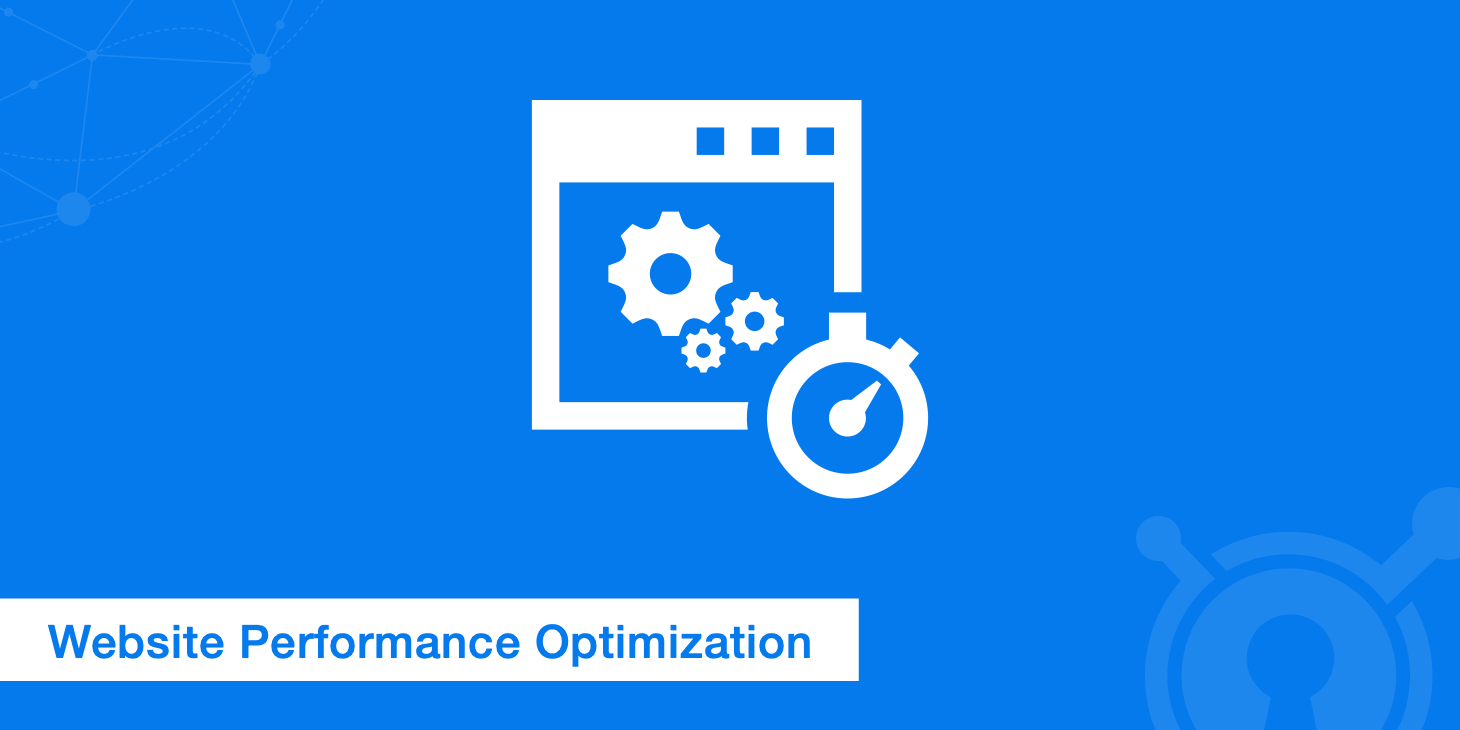Blitz News Digest
Stay updated with the latest trends and insights.
Faster Than a Cheetah: Speeding Up Your Website
Unlock the secrets to lightning-fast websites! Boost your speed and leave competitors in the dust!
10 Proven Techniques to Boost Your Website Speed
In the fast-paced digital world, having a website that loads quickly is crucial for retaining visitors and improving search engine rankings. Here are 10 proven techniques to boost your website speed:
- Optimize Images: Ensure all images are compressed and properly sized to reduce load times.
- Minimize HTTP Requests: Limit the number of elements on your page to decrease the requests needed.
- Use a Content Delivery Network (CDN): Distributing your content across multiple servers can significantly speed up load times.
- Enable Browser Caching: This allows frequent visitors to your site to load it more quickly on subsequent visits.
- Minify CSS, JavaScript, and HTML: Remove unnecessary characters to reduce file sizes without sacrificing functionality.
- Reduce Server Response Time: Choose a reliable hosting provider and optimize your database for faster responses.
- Implement Lazy Loading: Load images and videos only when they are visible to the user to enhance initial load times.
- Limit Redirects: Too many redirects can slow down your site; keep them to a minimum.
- Use Asynchronous Loading for CSS and JS: This allows scripts to be loaded separately from other resources, speeding up page rendering.
- Regularly Monitor Performance: Utilize tools to track your site speed and make improvements as necessary.

Is Your Website as Fast as a Cheetah? Key Metrics to Measure
When it comes to assessing your website's performance, speed is a critical factor that cannot be overlooked. Just like a cheetah, your website should be swift, ensuring that visitors can access content without delay. To measure your website's speed effectively, you should focus on a few key metrics: Page Load Time, Time to First Byte (TTFB), and First Contentful Paint (FCP). Improving these metrics not only enhances user experience but also positively impacts your SEO rankings, making it essential to keep track of these measurements.
To get a comprehensive understanding of your website's speed, consider utilizing tools like Google PageSpeed Insights or GTmetrix. These platforms provide insights into your current performance and highlight areas for improvement. Regularly monitoring your website speed can help you identify potential bottlenecks, such as unnecessary scripts or large images that slow down load times. Remember, a fast website not only satisfies your users but also keeps you ahead of competitors in the digital landscape.
The Ultimate Guide to Reducing Load Times and Enhancing User Experience
In today's digital landscape, reducing load times is crucial for maintaining a competitive edge and enhancing user experience. A delayed loading website can lead to higher bounce rates and dissatisfied visitors. To address this, start by optimizing images to ensure they are web-friendly; consider using tools like image compressors to reduce file sizes without sacrificing quality. Implementing browser caching is another effective strategy, allowing users to store certain elements of your website locally, thus speeding up repeat visits. Additionally, utilize a Content Delivery Network (CDN) to distribute your content across various locations, minimizing load times for users regardless of their geographic location.
Beyond technical optimizations, focus on the overall user experience by simplifying your website's design. A cluttered layout can overwhelm users, causing them to leave your site prematurely. Prioritize intuitive navigation and a clean interface that guides visitors effortlessly through your content. Moreover, consider conducting regular performance audits using tools like Google PageSpeed Insights to identify areas for improvement. By continuously optimizing load times and enhancing the user experience, not only will you retain more visitors, but you will also improve your website's search engine ranking, making it a win-win for your online presence.